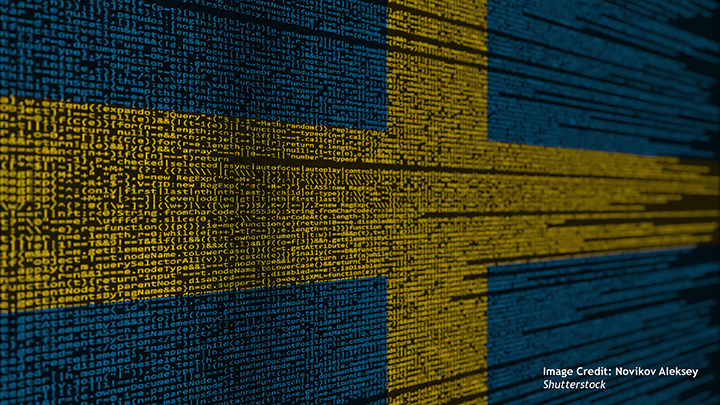Climate Change, Environmental Threats and Cyber-Threats to Critical Infrastructures in Multi-Regulatory Sustainable Global Approach with Sweden as an Example

Sandra Cassotta and Maria Pettersson
Abstract
This article explores and analyzes the nexus between climate change, environmental threats, and cyber-threats in a multi-regulatory contextual sustainable global approach with Sweden as an example. Research and collection of material have been conducted with the precise aim to draw a parallel between environmental regulations and the cyberspace and cybersecurity systems. Many aspects of the cyber-security system are not known and are highly fragmented. Selected points of the study of the Swedish cyber strategy are being developed in parallel to the environmental regime in order to better understand how to improve the effectiveness of the cyber complex regime from a contextual perspective. One way to better understand the cybersecurity system is to make an interdisciplinary study of how best to coordinate these systems, thus making both cyber law and policy more effective. This leads to bringing evidence on how to take inspiration from a regime system (environmental law or, more concretely, the environmental liability framework) and using it as source of inspiration to understand and shape the formation of another system in another area, namely cybersecurity. The method of this ongoing research consists of choosing and applying key aspects of environmental law (such as concepts and principles) and comparing them with comparable selected cybersecurity key aspects, which are selected because they present strong similarities with their “equivalent” focal points pertaining to the environmental system. When conducting this comparison, multi-level governance is applied too, which means analysis of the sources of law and policy existing at global/Regional/National (local) levels in order to understand the interactions between different levels. The analytical task of the research consists of choosing some focal points from the environmental liability system that are very similar and comparable to those of the cyber regime.
This paper is a deliverable of the ECoHuCy Research Project supported by NordForsk – organization under the Nordic Council of Ministers. ISDP is one of four other Project Partners behind this consortium grant. Led by Sandra Cassotta, ISDP is administering “Working Package Four” on Climate Change, Environmental Threats and Cybersecurity.
Related Publications
-
Kamala Harris and North Korea: Between Continuity, Pragmatism, and Strategic Realignment
A possible future Harris administration is likely to continue the Biden administration’s approach to North Korea, focusing on sanctions and diplomatic pressure. This strategy may be shaped by broader geopolitical […]
-
Eco-Economic Balancing Act: The EU’s Approach to the China EV Trade Dispute
The European Commission unveiled in June the long-expected preliminary results from the ongoing anti-subsidy investigation into Chinese Electric Vehicle (EV) manufacturers. Applicable from July 5, 2024, a new provisional tariff […]
-
Deciphering North Korea’s Military Activities
In 2024, the growing tensions on the Korean Peninsula have highlighted the unpredictability of North Korea’s military intentions. This issue brief evaluates the strategic behaviors of North Korea, particularly under […]
-
EU-Thailand FTA Negotiations: IUU Fishing and Human Rights Remain Obstacles
Thailand’s fishing industry, which at its height saw as many as 200,000 migrant workers from neighboring Laos, Myanmar, and Cambodia caught in a brutal system of abuse, withered global criticism […]
-
EU-U.S. Convergence on China Chip Sanctions: On Brittle Ground?
The United States unveiled new wide-ranging restrictions on China’s semiconductor industry in October 2022, unprecedented in scope and intent. Abandoning the Trump years’ erratic approach to individual Chinese tech companies, […]



